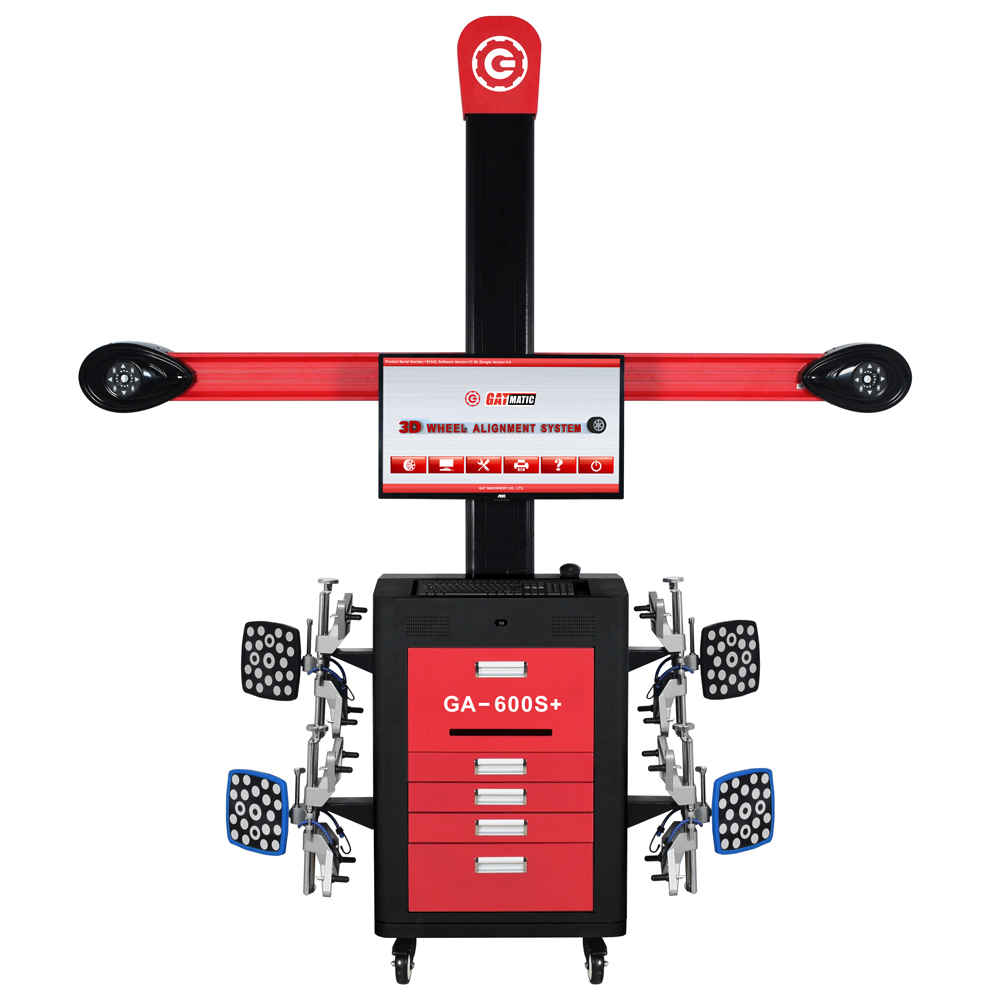Where is the best place to get a wheel alignment?
Wheel alignment is a crucial aspect of vehicle maintenance that involves adjusting the angles of the wheels so that they are set to the manufacturer’s specifications. Proper wheel alignment ensures that your vehicle drives straight, handles well, and reduces uneven tire wear. Signs that your vehicle may need a wheel alignment include the car pulling to one side, uneven tire wear, and a vibrating steering wheel. Identifying the best place to get a wheel alignment involves considering several factors to ensure quality service and value for money.
I. Factors to Consider When Choosing a Place for Wheel Alignment
When selecting a place for wheel alignment, it is important to consider the expertise and experience of the technicians. Well-trained and certified technicians are more likely to perform accurate alignments. The quality of equipment and technology used also plays a significant role, as advanced tools such as laser alignment systems provide more precise adjustments. Reputation and reviews of the service provider can give insight into their reliability and customer satisfaction. Additionally, the cost of alignment services should be compared across different providers, keeping in mind that the cheapest option may not always offer the best quality. Warranty and guarantees offered by the service provider can offer peace of mind, ensuring that any issues post-alignment are addressed without additional cost. Finally, the convenience and location of the service provider should be considered for ease of access.
II. Types of Service Providers for Wheel Alignment
Service providers for wheel alignment include dealerships, independent auto repair shops, tire shops, and chain auto repair centers.
Dealerships are often preferred for their specialized knowledge of specific vehicle brands and access to OEM parts. They maintain a detailed service history of your vehicle. However, they tend to be more expensive and may have longer wait times.
Independent auto repair shops offer competitive pricing and personalized service, often with more flexible scheduling. The quality can vary significantly, and they may have limited brand-specific knowledge.
Tire shops specialize in comprehensive tire and alignment services, frequently offering bundled discounts. Their focus, however, may be more on tires than on thorough vehicle diagnostics.
Chain auto repair centers like Firestone, Goodyear, and Pep Boys provide consistent service quality with a nationwide warranty and standardized pricing. The service can be impersonal, and technician expertise can vary.
III. Top Considerations When Choosing a Wheel Alignment Service
Technician certification, such as ASE certification, is a strong indicator of competency. Customer reviews and ratings on online platforms and word-of-mouth recommendations provide valuable insights into service quality. The range of services offered, including whether they provide four-wheel vs. two-wheel alignment, should be considered based on your vehicle’s needs. Transparency in pricing and services ensures that there are no hidden costs. The availability of advanced alignment technology, such as laser alignment systems, can significantly enhance service accuracy.
IV. Recommended Places for Wheel Alignment
National Chains like Firestone, Goodyear, and Pep Boys are popular for their features and benefits, including nationwide warranties and consistent service. Customer feedback generally reflects satisfaction with the standardized quality and pricing.
Local Independent Shops can be found through local directories, online searches, and recommendations from friends and family. Supporting local businesses often results in personalized service and competitive pricing.
Dealerships are recommended when specific knowledge of your vehicle’s make and model is necessary. They are advantageous for maintaining a detailed service history and using OEM parts. Potential drawbacks include higher costs and longer wait times, which can be mitigated by scheduling appointments in advance and discussing service costs upfront.
V. How to Prepare for a Wheel Alignment Service
Before taking your vehicle for alignment, check the condition of your tires and address any suspension issues. Ask the service provider about their alignment process and the technology they use. Understanding the alignment process helps in setting realistic expectations. Post-alignment, regular tire rotations and checks can maintain the alignment longer.
Conclusion
Choosing the best place for a wheel alignment involves considering the expertise of the technicians, quality of equipment, reputation, cost, warranties, and convenience. National chains, local independent shops, and dealerships each offer unique advantages. Regular wheel alignment is essential for vehicle safety and performance, and making an informed choice about where to get this service can enhance your driving experience.
FAQs
1. What is wheel alignment?
Wheel alignment is the process of adjusting the angles of the wheels so that they are set to the manufacturer’s specifications. This ensures that the vehicle drives straight, handles well, and reduces uneven tire wear.
2. How do I know if my vehicle needs a wheel alignment?
Common signs that your vehicle may need a wheel alignment include the car pulling to one side, uneven tire wear, a vibrating steering wheel, or a crooked steering wheel when driving straight.
3. How often should I get a wheel alignment?
It is generally recommended to have your wheel alignment checked every 12,000 to 15,000 miles, or at least once a year. However, you should also have it checked if you hit a curb or pothole, or if you notice any signs of misalignment.
4. What are the benefits of a proper wheel alignment?
Proper wheel alignment improves vehicle handling, increases fuel efficiency, extends tire life, and ensures a smoother and safer ride.
5. How long does a wheel alignment take?
A standard wheel alignment typically takes about one hour. However, the time may vary depending on the condition of your vehicle and any additional repairs needed.
6. How much does a wheel alignment cost?
The cost of a wheel alignment varies depending on the service provider and the type of alignment needed. On average, you can expect to pay between $50 and $100 for a two-wheel alignment and between $100 and $150 for a four-wheel alignment.
7. Where can I get a wheel alignment?
You can get a wheel alignment at dealerships, independent auto repair shops, tire shops, and chain auto repair centers like Firestone, Goodyear, and Pep Boys.
Describe Your Needs In Detail!
We will carefully evaluate your needs and give professional solutions.



